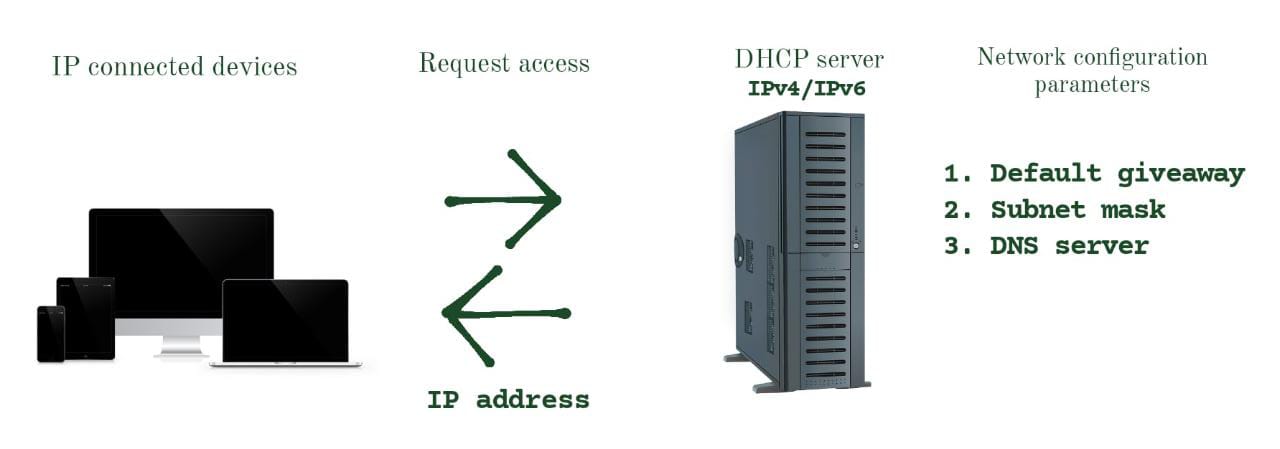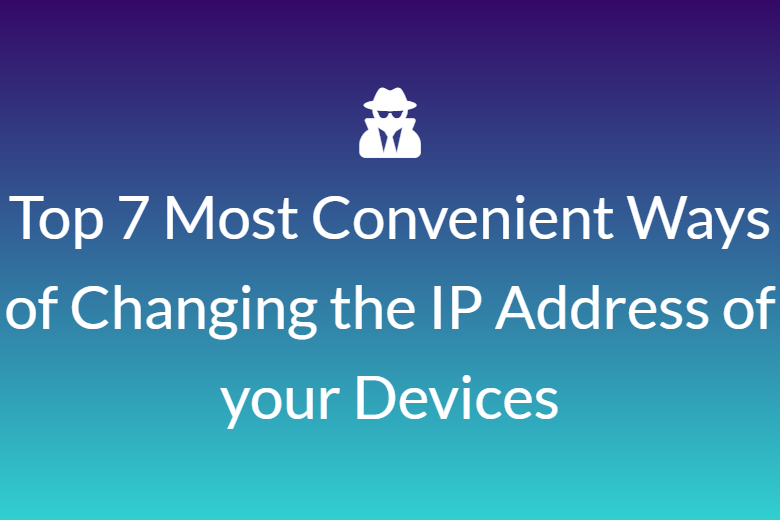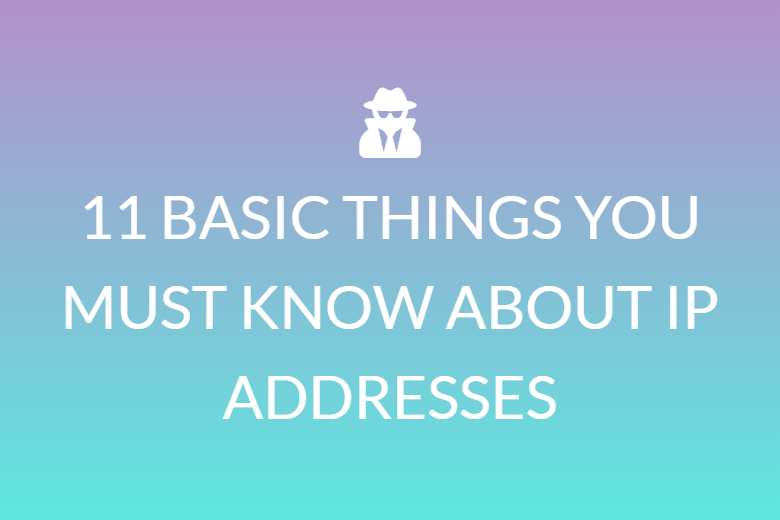Static vs Dynamic IP addresses: Major differences
The “IP” in an IP address refers to the Internet Protocol. The “address” element refers to a unique number. This number associates with all of your online activities. It is very similar to the return address on a letter.
IP addresses are sets of numbers issued to computers, routers, websites and many more. It functions similarly to a conventional address. They pinpoint the location of every device or system in the network anywhere on the planet. The TCP/IP Protocol uses them to let devices communicate among themselves.
A domain URL conceals the string of digits on genuine websites. This makes it easier for consumers to remember.
IP addresses are of many types. Static and dynamic IP addresses are two such categories. Here, you can read more about this two categories.
Table of Contents
Static vs Dynamic IP addresses: Major differences
Key differences between static and dynamic IP address
So which one should you choose?
What is a Dynamic IP address?
The Dynamic Host Configuration Protocol (DHCP) allocates dynamic IP addresses. These addresses are on lease and change on a regular basis. Home routers and small networks, all use dynamic IP addresses. Simply told, it’s the default setting offered by most Internet Service Providers.

What is a Static IP address?
Static IP addresses do not change after their allocation. Until the network equipment’s decommission, they will remain the same. The ISP assigns this form of IP address, which can be more expensive than a typical dynamic address. They usually refer to servers and other major network systems. They can also correspond to specific devices. However, proper configuration and support of security standards is essential. Lack of these might provide security concerns.

To get a static IP address for your devices, contact your Internet Service Provider. You can inquire about the choices they provide as a service. To keep it safe, you will need a lot of technical knowledge.
Key differences between static and dynamic IP address
The difference between a dynamic and static IP address is in the length of the assigned scientific discipline address. The static IP address is a fixed discipline address assigned to an device for an extended period of time. The Dynamic IP address, on the other hand, is mechanically assigned. It frequently changes when the user boots his or her system.
In this article we will learn more about the distinct differences between static vs dynamic IP addresses.
Provider
Your Internet Service Provider (ISP) assigns your static IP address. However, it may only be accessible to commercial clients. There is usually a payment associated with it, either a one-time fee or a monthly charge.
ISPs that can supply a static IP address include Andrews & Arnold, Toople, Virgin Media, Zen etc.
DHCP (Dynamic Host Configuration Protocol) generates dynamic IP address.
DHCP assigns IP addresses to handsets, laptops, and other devices such as CCTV cameras. When you connect to your home Wi-Fi network, your router is usually acting as a DHCP server.
A DHCP server is usually a dedicated computer in a large company setting. It saves money and is more secure. It does not take up critical admin time by simplifying IP address management.

DHCP stands for Dynamic Host Configuration Protocol. A client device (or DHCP client) joins a network and requests an IP address. A DHCP server receives the request. These servers are frequently configured with redundancy or clustering. These servers support both IPv4 and IPv6 networks.
The server will assign an IP address and some network configuration parameters automatically. The device has to accept this assigning. It can then communicate with both the internal network and the public.
Alterations
The static IP address is fixed hence the name “static”. This means that it does not alter unless the user requests it.
The Dynamic IP address, on the other hand, varies regularly and each time a user connects to a network.
Security
Because a static IP address is always the same, the risk of website hacking is quite high. Hackers and other intruders do not need to figure out your new IP address. It stays unchanged. This means that all the hacker has to do is attempt again and again until they succeed in gaining access to your machine.

In contrast, the risk of getting a dynamic IP address hacked is negligible. This is especially because dynamic addresses keep changing over time.
Designation
The process of assigning static IP address is complex. Once assigned, you can request your ISP to reassign a new IP address too. This process of assigning and reassigning IP addresses is much more difficult for static vs dynamic IP address.
Stability
Owing to their unchanging nature, static IP addresses are much more stable.
Dynamic IP addresses, as the name suggests keep changing. Hence, they do not provide much stability.
Device tracking
It is possible to track a device that is setup with a static IP address. However, tracing a device with a dynamic IP address is challenging. This is once again because the dynamic IP address is always changing.

Cost
Maintaining a static IP address is expensive. In comparison to static IP addresses, dynamic IP addresses are more pocket friendly to use and maintain.
Application
When computational data is less sensitive, you can use a static IP address. Whereas, dynamic IP address is essential when data is more intimate and requires security.
So which one should you choose?
Your choice between the two is dependent on your personal tastes. Static IP addresses are the best choice if you want consistency and dependability. A dynamic IP address, on the other hand, may be preferable if you have concerns about the security and privacy of your data.
You can take some additional steps to secure a static IP address. However, the benefit of doing so relies on your company model and overall objectives.







